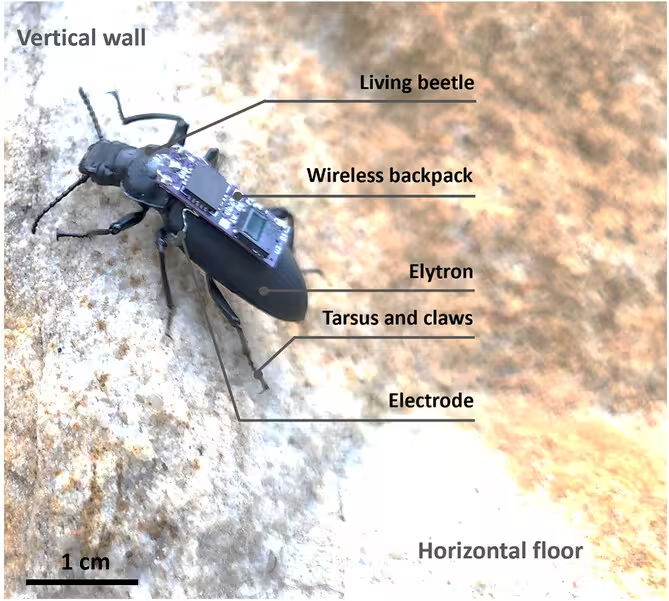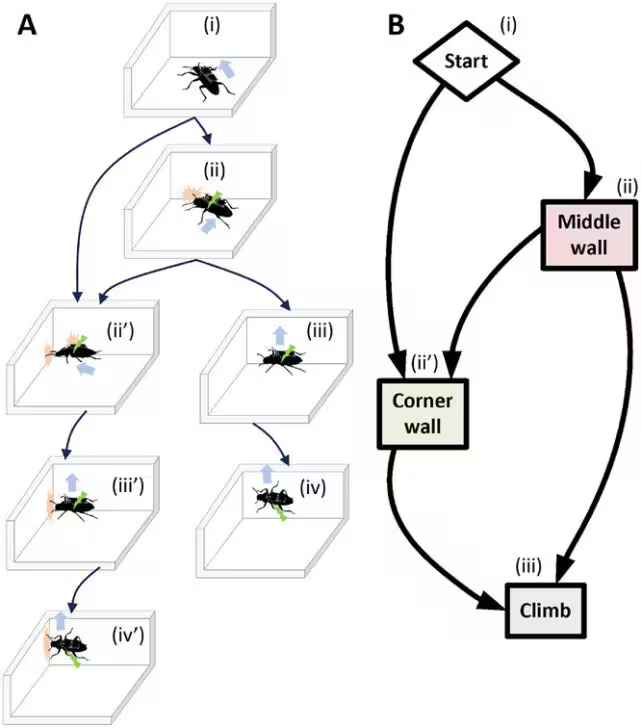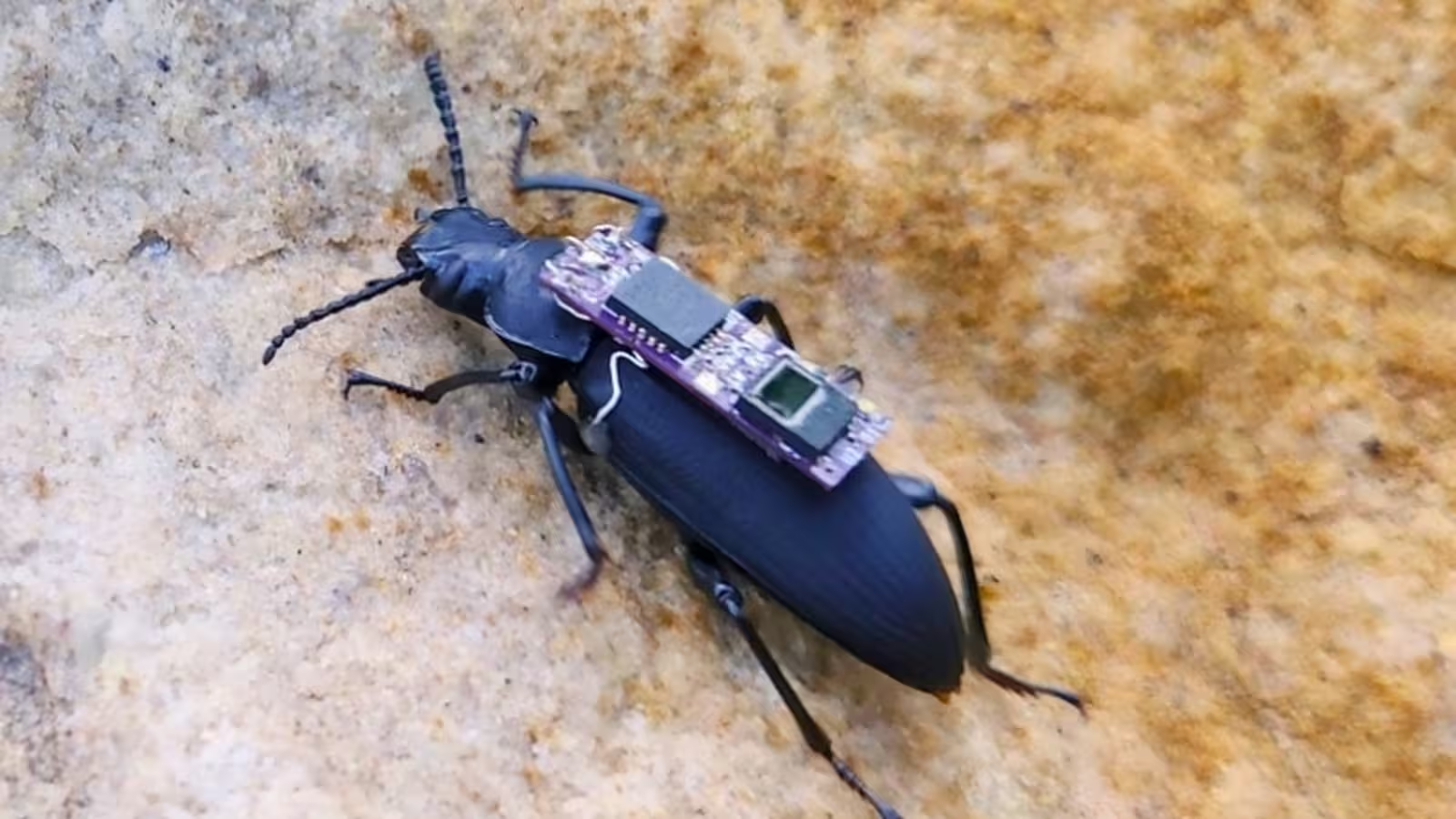4 Minutes
Harnessing Cyborg Insects for Disaster Rescue Missions
When disaster strikes—be it an earthquake, mining accident, or building collapse—locating survivors trapped beneath layers of debris is one of the greatest challenges for first responders. Now, innovative research is propelling a surprising hero into the spotlight: cyborg beetles equipped with cutting-edge remote-control technology, promising a revolution in search and rescue operations.
A joint research initiative, combining expertise from The University of Queensland and the University of New South Wales in Australia, alongside Singapore's Nanyang Technological University, has developed cyborg beetles—known as "ZoBorgs"—capable of traversing challenging terrain that stymies even the most sophisticated robots.
Scientific Background and Engineering Breakthroughs
At the core of this research are darkling beetles (Zophobas morio), more commonly known as "superworms" for their larval stage. Measuring just over 3 centimeters in length, these beetles pack powerful evolutionary traits—such as flexible, sticky footpads and gripping claws—allowing them to maneuver through confined and cluttered spaces that are inaccessible to conventional robots. Leveraging these natural adaptations, scientists outfitted the beetles with microchip "backpacks" programmed to deliver precise electrical impulses to the insects’ antennae and wings (elytra).
This system acts as a kind of remote command, guiding the beetles’ movement with a level of control previously unattainable. By stimulating the antennae, the researchers can signal the beetle to turn, slow down, or even walk backwards. Activating both elytra prompts forward motion or acceleration, while triggering a single elytron allows for lateral movement. These directional controls are delivered via video game controllers, providing an intuitive method of remote navigation.

Performance and Advantages Over Robotic Alternatives
The study, published in Advanced Science, details the remarkable results of this approach. The ZoBorgs demonstrated a 92% success rate when scaling obstacles matching their own body height—a significant advantage in scenarios involving fallen debris. Transitioning from horizontal to vertical surfaces was achieved with a 71.2% success rate, a performance superior to existing miniature robotic platforms or prior cyborg insect models.
Engineer Lachlan Fitzgerald from The University of Queensland confirms, “Miniature robots often struggle to move from flat ground to vertical walls. ZoBorgs, however, transition seamlessly thanks to millions of years of evolutionary engineering.” This gives cyborg beetles an edge in environments where delicate navigation is essential for reaching trapped or inaccessible survivors.
Biological Insights and Potential Beyond Rescue
Darkling beetles are not only mechanically talented. They are consumed in various cultures for their nutrient-rich composition—high in protein and fatty acids. Their larvae, the so-called "superworms," exhibit a remarkable ability to consume and digest polystyrene, a pervasive plastic pollutant. While this diet is unhealthy for beetles themselves, understanding their digestion may inspire new solutions for managing plastic waste on a global scale.
Beyond their individual strengths, the use of cyborg beetles reduces the need for complex robotic actuators, sensors, and power systems, instead harnessing biological sensory abilities for navigation. This includes mechanoreceptors within their exoskeleton and sophisticated sensors in their legs for detecting vibrational and tactile cues, crucial for operating in unpredictable and debris-filled environments.

Future Directions: Autonomy and Enhanced Sensing
The next step for cyborg insect technology involves further boosting autonomy. Researchers aim to integrate an inertial measurement unit (IMU) to provide real-time feedback on acceleration and orientation—improving control even when visual data is limited. Attaching miniaturized cameras can enable recognition of survivors and deliver invaluable situational awareness to rescue teams.
These advances also inform the future of robotics. Insights from beetle anatomy and behavior may lead to the creation of more versatile autonomous systems, such as robots equipped with beetle-like feelers or flexible limbs for navigating hazardous environments.
Ethical Considerations in Cyborg Research
Throughout the research process, scientists emphasized ethical stewardship and animal welfare. The beetles were maintained in optimal laboratory conditions, residing on wheat-bran substrate and fed fresh fruit. After completing their roles in the experiments, the beetles received attentive care for the remainder of their natural three-month lifespans, upholding high standards in animal research ethics.
Conclusion
The development of cyborg beetles represents a promising leap forward in the intersection of biology, robotics, and disaster response. By merging organic mobility with programmable guidance, these tiny biohybrid rescuers could dramatically improve outcomes in emergency scenarios where every second counts and terrain is unpredictable. While humanity’s vision of powerful robotic saviors has often been a staple of science fiction, mounting evidence suggests that the future of rescue robotics may be distinctly insect-sized—and potentially lifesaving.
Source: advanced.onlinelibrary.wiley



Comments